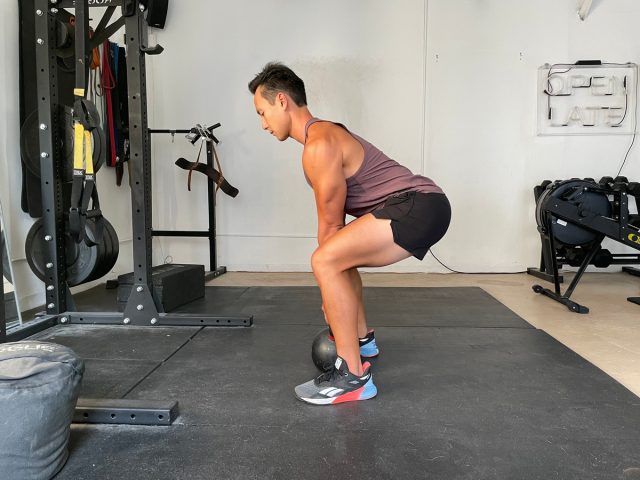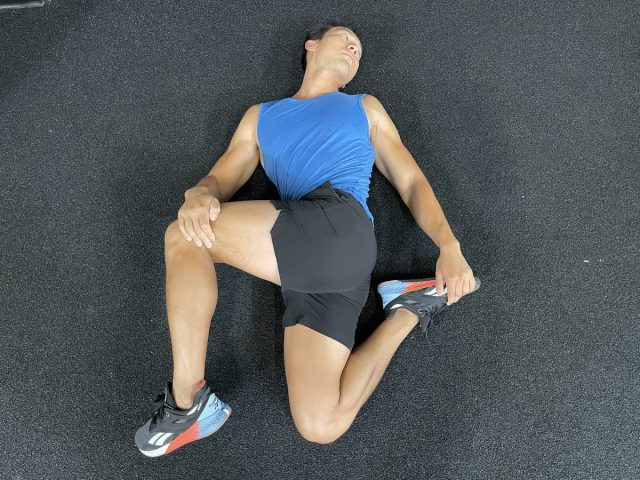The Best Ways To Train For A Marathon, Trainer Says

One of the most popular fitness events throughout the world is the marathon. For many, it’s a gateway to start being physically active while also being an impressive fitness challenge to take on. It’s chock-full of benefits for your health and overall well-being, too, including being a mood booster, reducing feelings of anxiety, and enhancing your cardiovascular fitness, according to The Ohio State University Wexner Medical Center. However, plenty of people go into marathon training improperly. They might begin running without a plan and end up neglecting several key factors that can ensure a successful race.
Besides having the proper running shoes and training plan to map out your mileage over the weeks, you need to work additional items into the game plan to make the most out of your prep. During your training, the goal is to not only improve your endurance and performance, but also keep you strong, pain-free, and injury-free.
Whether this is your very first marathon or you’re looking for ways to improve your training regimen, here are four trainer-approved things you need to do. And next, be sure to check out The 6 Best Exercises for Strong and Toned Arms in 2022, Trainer Says.
Learn How to Run Properly

This one sounds like a no-brainer, but even though running may seem like a natural movement pattern everyone should be able to do, it’s a little more technical than you’d realize. Having good running form ensures that you are efficient with your movement and not compensating with the wrong muscles. This keeps you injury-free and able to maintain your performance and pace.
If you haven’t ran in a while, or you do on the regular but not for long distances, you need to learn proper form. A mistake many people make when they’re running is heel striking. For proper running mechanics, make sure you’re running on the balls of your feet, which will shift the stress towards the glutes and hips, and less in the quads and calves.
Not sure about your running form? It’s always a good move to get it looked at with a running coach.
Related: The 13 Best and Worst Foods for Runners
Build Up Volume Slowly

A lot of people make the mistake of going hard right out of the gates, clocking in a high amount of miles in the beginning. But, that’s a quick way to get burned out, tired, and make your overall experience pretty miserable (and it’s one you should enjoy)!
In order to make the training process manageable, you need to build up your miles slowly. This will give your body time to adapt to the increase in miles over time.
Related: The Best Treadmill Workouts For Burning Fat, Trainer Says
Don’t Neglect Strength Training

If you want to improve your speed, endurance, and maintain a good strength balance in your lower body, you need to continue strength training. By continuing to lift weights, you’ll keep your body strong, maintain your lean muscle, and improve your overall performance.
Maintain Your Flexibility and Mobility

Just like strength training, you have to make sure you maintain your flexibility and mobility. With all of the miles you’ll be clocking in, your muscles will end up sore and tight.
Before and after your runs, make sure you stretch your quads, hips, and calves. This cannot be stressed enough—stretching is so important, so don’t skip out on it. Giving these parts of your body a solid stretch will keep you mobile, pain-free, and injury-free.









